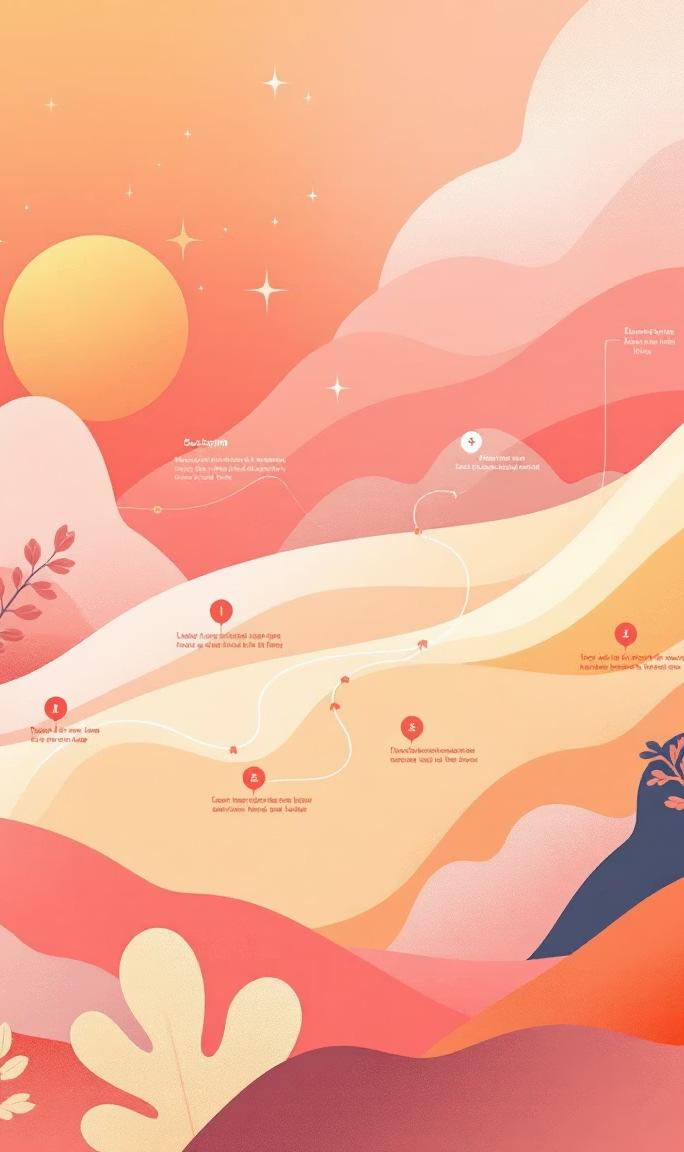SEO vs Social Media Marketing
Which strategy drives better results for your business? Discover how to invest your marketing budget wisely.





Which strategy drives better results for your business? Discover how to invest your marketing budget wisely.




SEO builds momentum over time4rankings compound, creating steady qualified visitors for years with minimal maintenance.
First-page rankings signal trust and authority. Users assume top-ranking businesses are legitimate and established.
High upfront investment, but cost per customer decreases dramatically. SEO-generated leads convert 23x higher than other sources.
Track organic traffic, keyword rankings, conversions, and revenue attribution with precision through analytics tools.




Break down barriers between brands and consumers. Build authentic communities through two-way conversations that create loyalty and advocacy.
A single post can reach millions organically. Algorithm-driven platforms reward engaging content with exponential reach.
Instant market insights and customer reactions. Test ideas quickly, adjust strategies mid-flight, and respond to issues immediately.
Deliver instant visibility within hours. Paid campaigns show results in days, perfect for product launches and timesensitive promotions.




SEO: Months 1-6
Technical fixes, keyword research, content strategy. Initial ranking improvements for less competitive keywords.
SEO: Months 12-18+
Real payoff arrives. Businesses see 200-500% traffic increases. Rankings stabilize with lower maintenance costs.
SEO: Months 6-12
Significant organic traffic growth begins. Compound effect accelerates as domain authority strengthens.
Social Media: Immediate Impact
Visibility and engagement within hours. Paid ads deliver traffic, leads, and conversions within days of launch.
Social Media: Continuous Effort
Results require ongoing investment. Stop posting or pause ads, and visibility drops immediately.



SEO: Higher upfront costs, lower ongoing expenses. Builds assets that appreciate over time with compounding returns. Social Media: Lower initial investment, consistent monthly spend. Requires continuous budget to maintain visibility.




SEO Team
Technical specialists ($60K-$120K)
Content strategists ($45K-$80K)
Link building experts ($50K-$90K)
SEO managers ($70K-$130K)
Requires specialized knowledge and years of expertise. Most businesses outsource to agencies.

Social media managers ($40K-$70K)
Content creators ($35K-$65K)
Paid ad specialists ($50K-$85K)
Community managers ($35K-$60K)
Gentler learning curve. Small businesses often manage inhouse with scheduling tools.





Connects with purchase-ready customers actively searching.
Converts at 14.6% vs 1.7% for traditional outbound.
Introduces brands to people who don't know they need you yet. Creates emotional connections before logical decisions.
SEO Cross-Platform Benefits
Google Maps integration
Voice search optimization
Featured snippet appearances
Image and video search
visibility
Social Media Reach
Cross-platform content sharing
Influencer collaboration opportunities
User-generated content collection
Real-time customer service




SEO Key Metrics
Organic traffic growth
Keyword ranking improvements
Click-through rates from search
Conversion rates from organic
Core Web Vitals and page speed
Social Media Analytics
Engagement rate (comments, shares)
Reach and impression quality
Website traffic from social
Lead generation metrics
Brand sentiment and mentions
ROI Timeline: SEO shows negative ROI initially but delivers exponentially higher returns after 6-18 months. Social media offers immediate, trackable results but requires continuous investment.



Organic search brings qualified visitors to your website where they discover social profiles.
Both channels feed and strengthen each other, creating marketing momentum beyond individual efforts.
Startup (0-12 months)
70% Social Media, 30% SEO. Build awareness fast while establishing foundation.

Growth (1-3 years)

New followers become advocates who share content, creating backlinks and social signals.
50% Social Media, 50% SEO. Balance engagement with heavy content investment.




Blog posts shared on social create indexing opportunities. Social content provides material for website.
Mature (3+ years)
40% Social Media, 60% SEO. Capitalize on established authority for competitive keywords.


SEO builds your solid foundation for long-term growth with qualified traffic that keeps coming. Social media delivers quick wins, direct customer connections, and rapid brand awareness.
Track what matters for your goals 4traffic, engagement, or sales. Start with whichever fits your budget and timeline, then gradually integrate the other. Your business will be stronger when both strategies work hand in hand.



